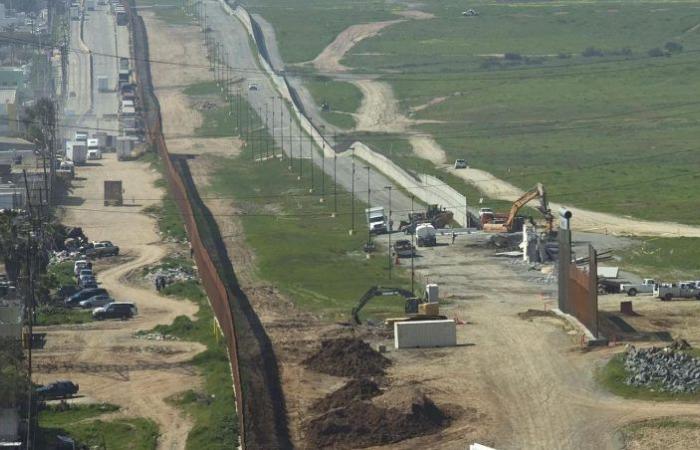Laura waited for hours in the Arizona desert for immigration agents to arrive. She wanted to tell them how she had to leave the city where she had lived for 31 years, how first came the extortion and then the death threats, and how, if she returned, her life and that of her family were at risk.
But when they finally arrested her and took her to a center, she encountered another wall: “Everyone says they don’t speak Spanish, that they can’t help”the woman, a native of Mexico City, tells EFE from a shelter in Nogales (Sonora) eight days after being returned by US authorities to the other side of the border.
While Joe Biden’s Government celebrates the “success” of the new restrictions on asylum on the southern border, expelled migrants report that their fears were ignored by the authorities.
The rules, which came into force on June 5, restrict access to asylum with a few exceptions. They are intended to be lifted when border arrests drop to 1,500 a day, something that has not happened since 2020.
More than half a dozen Mexicans who were returned to their country after crossing into Arizona tell EFE that, although they expressed fear of being deported to the Border Patrol or asked to request asylum, they were not allowed to present their cases.
Activists in the US and Mexico confirm that this is the new reality after the restrictions came into force: hundreds of Mexicans deported every day without having gone through any kind of filter to ensure that they will not be returned to dangerous situations.
The asylum restrictions exempt victims of human trafficking and those facing an imminent threat to their life or safety on paper. They also provide a stricter filter for requesting protections other than asylum.
However, the authorities are no longer obliged to ask migrants if they are afraid of being returned or want to apply for asylum and the burden falls on them, who must ask to be heard.
In the Tucson sector, which includes 421 kilometers of border and covers almost the entire state of Arizona, the majority of irregular crossings are by Mexicans. Because of the territorial proximity, it is easier for immigration authorities to expel people from this country, compared to other nationalities for which a deportation flight is required.
As part of the new restrictions, Mexicans are now being expelled through express deportation, which carries a five-year ban on entering the U.S.
But the authorities are not giving them the paperwork that certifies that they have been deported, so many are not aware of that penalty. The Department of Homeland Security did not respond to questions from EFE in this regard.
“They have nowhere to go”
At the San Juan Bosco shelter, on the Mexican side, the impact of changes in immigration policy is already evident. “Before June 5, we were serving between 30 and 50 deportees a day. Now it’s between 120 and 180.”all of them Mexican, Francisco Lourerio, the director of the shelter, tells EFE.
The majority, 95%, “They have expressed that they were displaced by violence, that they are afraid”calculates the activist.
Pedro de Velasco, director of Education and Advocacy at the Kino Initiative, an NGO that works with migrants on both sides of the border, has seen the same thing.
Since the changes were imposed, almost 80% of the people they are serving are deported. At the end of 2023 this figure was only 16%.
The restrictions, announced in the middle of an election year where migration management has become a central issue, are for the expert a decision “policy”.
“The biggest concern now is the Mexican people, who have nowhere else to go.”he said. “They should be able to approach the US and ask for asylum”.
Laura, mother of three daughters, knows this reality because she experienced it firsthand: “It is only the Mexicans who are being deported and I want to know why we are not being given the opportunity”.
EFE


